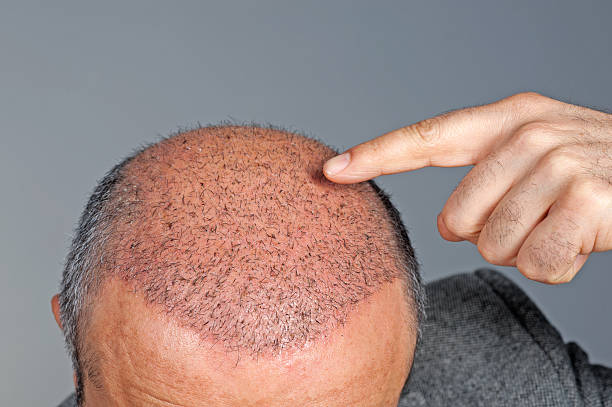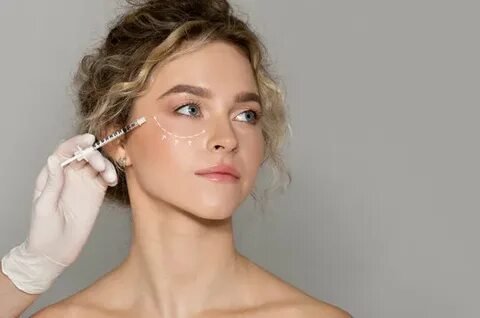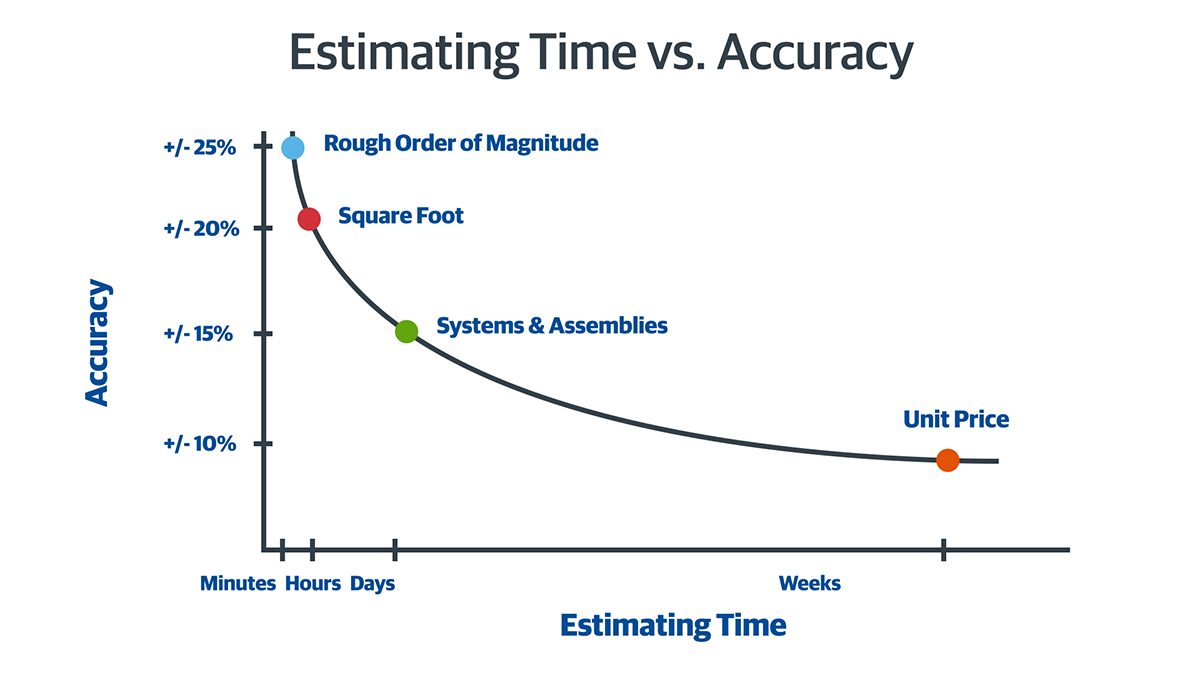Hair loss is a common concern that affects both men and women worldwide, impacting not only appearance but also confidence and self-esteem. While several treatments are available, Scalp Micropigmentation in Dubai has emerged as a revolutionary solution for people seeking a natural-looking and minimally invasive remedy. This technique uses advanced pigmentation methods to replicate the appearance of hair follicles, creating the illusion of fuller, denser hair. But what types of hair loss problems can it actually address? Let’s explore this in detail.
Understanding Scalp Micropigmentation (SMP)
Scalp Micropigmentation (SMP) is a non-surgical cosmetic procedure that involves implanting specialized pigments into the scalp. Unlike tattooing, SMP uses precise micro-needles to create realistic impressions of tiny hair follicles, restoring the look of a natural hairline or concealing thinning areas. It is tailored to each individual’s hair color, skin tone, and personal preferences, making it a highly versatile solution.
Common Hair Loss Problems SMP Can Fix
Male Pattern Baldness
Male pattern baldness, also known as androgenetic alopecia, is the most widespread cause of hair loss in men. SMP can effectively replicate the look of a closely shaved head, giving men the appearance of a full head of hair. It restores the hairline and provides a youthful, masculine look without surgery.
Thinning Hair in Women
Women often experience diffuse thinning across the scalp rather than complete baldness. SMP works by reducing the contrast between the hair and scalp, creating the illusion of thicker, denser hair. It boosts confidence for women struggling with hair loss due to genetics, hormonal changes, or stress.
Receding Hairline
A receding hairline can significantly change facial aesthetics. SMP helps to redesign the hairline with precision, restoring balance to the face. Patients can choose a natural, subtle restoration or a sharper, more defined look depending on their preference.
Alopecia Areata
Alopecia areata leads to patchy hair loss that may be unpredictable and emotionally distressing. SMP can conceal bald patches by replicating the appearance of follicles, blending them seamlessly with existing hair. This creates a consistent and uniform scalp appearance.
Scarring from Injuries or Surgery
Injuries or procedures such as hair transplants may leave visible scars on the scalp. SMP effectively camouflages scars by blending pigment into the surrounding area. Whether the scars are linear, patchy, or irregular, the technique helps restore an even and natural scalp tone.
Post-Chemotherapy Hair Loss
Patients who have undergone chemotherapy may experience temporary or permanent hair loss. SMP provides a restorative solution by mimicking natural hair follicles and giving the scalp a fuller look. This often helps patients regain confidence during or after their recovery journey.
Diffuse Thinning in Men
Not all men lose hair in distinct patterns. Some experience overall thinning. SMP reduces scalp visibility, making hair appear thicker and fuller. It’s a practical alternative for those not ready for surgical options.
Benefits of Scalp Micropigmentation
To better understand why SMP is becoming increasingly popular, here’s a breakdown of its benefits:
| Benefit | Details |
|---|---|
| Non-Surgical Solution | No incisions, no recovery downtime, and no invasive procedures involved. |
| Natural-Looking Results | Mimics real hair follicles for a subtle, realistic appearance. |
| Long-Lasting Outcome | Results can last several years with minimal maintenance. |
| Versatility | Suitable for men, women, and all hair types. |
| Scar Camouflage | Hides scalp scars effectively, including those from hair transplants. |
| Confidence Boost | Enhances self-image and improves overall self-esteem. |
Who is a Good Candidate for SMP?
SMP is suitable for a wide range of individuals, including:
- Men with receding hairlines or complete baldness.
- Women experiencing thinning hair across the scalp.
- Individuals with patchy hair loss due to alopecia areata.
- Patients with scars on the scalp from injuries or previous procedures.
- Anyone looking for a low-maintenance, natural-looking hair restoration option.
FAQ’s
Is Scalp Micropigmentation painful?
Most patients report only mild discomfort during the procedure. Topical numbing agents are typically applied to reduce sensitivity.
How long does the procedure take?
Depending on the extent of hair loss, SMP usually requires 2–3 sessions, each lasting a few hours.
Will the pigments change color over time?
No. Unlike traditional tattoos, SMP pigments are designed to remain stable. They may gradually fade but will not turn unnatural colors.
Can SMP be combined with other treatments?
Yes, SMP can complement treatments such as hair transplants or medications, enhancing overall results.
How long does Scalp Micropigmentation last?
With proper aftercare, SMP results can last up to 5–8 years before requiring minor touch-ups.
Why Choose SMP for Hair Loss?
Hair loss is not merely a cosmetic issue; it often affects emotional well-being and confidence. Scalp Micropigmentation stands out as a safe, effective, and versatile solution for a wide variety of hair loss conditions. Unlike temporary fixes, SMP delivers long-lasting results without the risks associated with surgery. Its ability to restore natural appearance and boost self-esteem makes it a top choice for individuals seeking transformative results.
Conclusion
Scalp Micropigmentation has redefined the way we approach hair loss solutions. Whether it’s male pattern baldness, thinning hair in women, alopecia, scarring, or post-chemotherapy hair loss, SMP provides a tailored and effective solution that restores confidence and delivers natural results. By addressing a wide range of conditions, this procedure has become one of the most trusted and innovative treatments available today. For those considering a reliable and expert approach to hair restoration, Dynamic Life Clinics offers world-class expertise in Scalp Micropigmentation, ensuring personalized care and outstanding results.
















Leave a Reply